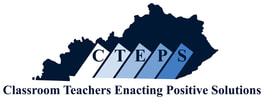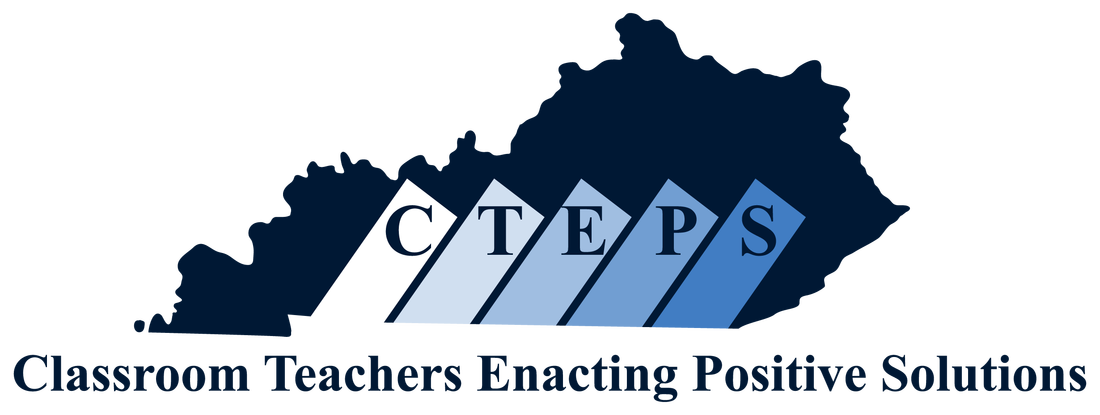Background
I was born in the wrong time period! I often lamented this growing up. The stories my father told me about famous people and events transported me back to other times and places that were much more exciting than my own. Many times I would find myself dusting off the old World Book Encyclopedias to discover more about such figures as Daniel Boone, Queen Elizabeth I, and Billy the Kid. I had this burning desire to know more about these people and to imagine what it would have been like to be them. What would it have been like to have lived during their times or to walk in their shoes? How would my life be different? Would I be the same person? Curiosity as well as a good education were greatly valued in my family. Being the first to go to college in my family was a huge honor and responsibility. I, for the first time, had new experiences in my history classes. I was surrounded by people who were asking those same questions I remember as a child.
After the initial shock wore off, I found myself swept up in critical thinking, discussions, and debates on topics from women's suffrage to segregation. Most shocking was the fact that I wasn't learning from a textbook, I was reading the actual writings of those people I had long wondered about. I was excited to finally be able to experience a greater love of history and a deeper understanding. It was then that I decided I wanted to be a teacher and share this love of history with others. I also set out to prove to students that history couldn't just be learned from a textbook, that true historic learning comes from the primary sources (letters, diaries, photographs, and interviews) that allow you to step back to another place and time. Teaching my students to be critical thinkers is the key to unlocking the past!
This endeavor to transport students to another time and engage in historical thinking required a plan of action, which I document in my webpage titled “Historical Thinking Outside the Book.” In it I detail my plan to transform my classroom into a rich, learning environment. My plan was composed of two parts: developing tools (interactive notebooks) to improve student engagement and implementing critical thinking (inquiry based learning) into my classroom. I also wanted to evaluate what impact these changes would make on the students in my classroom. I used a variety of surveys as well as student feedback to help gauge the effectiveness of my plan.
Implementing the Tools for Inquiry Based Learning
By developing the interactive notebooks it totally changed how my class was taught and the focus of my class automatically became more student centered. This process of creating these tools for success was lengthy and time consuming but so worth it to see students actively engaged every day in my classroom. They had bought into the idea that they notebooks were uniquely theirs and were essential to helping them become better thinkers in the classroom. To implement more critical thinking into the classroom I had a timeline to help gradually introduce them to the idea of reading primary source documents, questioning what they read, and then developing hypotheses on what occurred during various historical events. Through the halfway point in the year, it was obvious through observations and class discussions that students were starting to automatically question a source for bias, reliability, and facts. As they became better at analyzing primary sources and creating hypothesis, then students were more able to write about their findings and discuss them in small groups by supporting their hypotheses with evidence. In order to be a true learner, students need to be able to decipher fact from fiction and be able to state their opinions by using facts to support it.
Impact
My students seem more engaged in class on a daily basis, more able to participate in discussions, and more willing to voice their opinions using facts instead of emotions. One student wrote, “I feel more a part of class because I can voice my opinion and create my own notebook to help me learn.” Through this CTEPS project, I feel that the impact of the changes I have made in my classroom have not only changed my students but me as an educator as well. My focus has totally shifted from trying to figure out how to get everything covered before state testing to how can I make them better thinkers than they were yesterday. While this project will continue to be a work in progress, I feel it has allowed me to become a 21st century educator.
I was born in the wrong time period! I often lamented this growing up. The stories my father told me about famous people and events transported me back to other times and places that were much more exciting than my own. Many times I would find myself dusting off the old World Book Encyclopedias to discover more about such figures as Daniel Boone, Queen Elizabeth I, and Billy the Kid. I had this burning desire to know more about these people and to imagine what it would have been like to be them. What would it have been like to have lived during their times or to walk in their shoes? How would my life be different? Would I be the same person? Curiosity as well as a good education were greatly valued in my family. Being the first to go to college in my family was a huge honor and responsibility. I, for the first time, had new experiences in my history classes. I was surrounded by people who were asking those same questions I remember as a child.
After the initial shock wore off, I found myself swept up in critical thinking, discussions, and debates on topics from women's suffrage to segregation. Most shocking was the fact that I wasn't learning from a textbook, I was reading the actual writings of those people I had long wondered about. I was excited to finally be able to experience a greater love of history and a deeper understanding. It was then that I decided I wanted to be a teacher and share this love of history with others. I also set out to prove to students that history couldn't just be learned from a textbook, that true historic learning comes from the primary sources (letters, diaries, photographs, and interviews) that allow you to step back to another place and time. Teaching my students to be critical thinkers is the key to unlocking the past!
This endeavor to transport students to another time and engage in historical thinking required a plan of action, which I document in my webpage titled “Historical Thinking Outside the Book.” In it I detail my plan to transform my classroom into a rich, learning environment. My plan was composed of two parts: developing tools (interactive notebooks) to improve student engagement and implementing critical thinking (inquiry based learning) into my classroom. I also wanted to evaluate what impact these changes would make on the students in my classroom. I used a variety of surveys as well as student feedback to help gauge the effectiveness of my plan.
Implementing the Tools for Inquiry Based Learning
By developing the interactive notebooks it totally changed how my class was taught and the focus of my class automatically became more student centered. This process of creating these tools for success was lengthy and time consuming but so worth it to see students actively engaged every day in my classroom. They had bought into the idea that they notebooks were uniquely theirs and were essential to helping them become better thinkers in the classroom. To implement more critical thinking into the classroom I had a timeline to help gradually introduce them to the idea of reading primary source documents, questioning what they read, and then developing hypotheses on what occurred during various historical events. Through the halfway point in the year, it was obvious through observations and class discussions that students were starting to automatically question a source for bias, reliability, and facts. As they became better at analyzing primary sources and creating hypothesis, then students were more able to write about their findings and discuss them in small groups by supporting their hypotheses with evidence. In order to be a true learner, students need to be able to decipher fact from fiction and be able to state their opinions by using facts to support it.
Impact
My students seem more engaged in class on a daily basis, more able to participate in discussions, and more willing to voice their opinions using facts instead of emotions. One student wrote, “I feel more a part of class because I can voice my opinion and create my own notebook to help me learn.” Through this CTEPS project, I feel that the impact of the changes I have made in my classroom have not only changed my students but me as an educator as well. My focus has totally shifted from trying to figure out how to get everything covered before state testing to how can I make them better thinkers than they were yesterday. While this project will continue to be a work in progress, I feel it has allowed me to become a 21st century educator.
Diana Patrick teaches History at Grant County Middle School.


